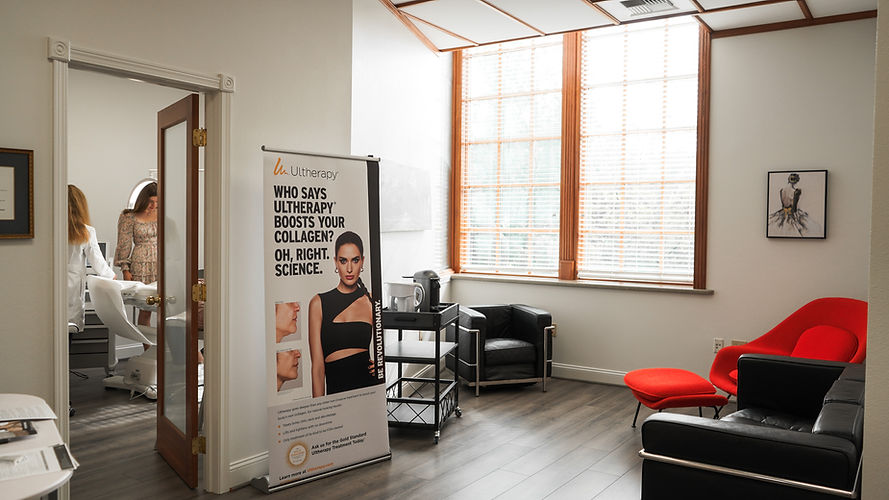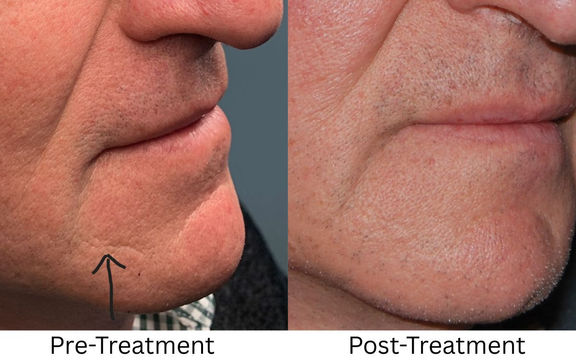top of page

Revance
What is Revance?
Revance is a series of four hyaluronic acid (HA) fillers that smooth fine lines and wrinkles and restore the skin’s volume. Revance fillers are formulated to closely resemble the natural hyaluronic acid found in the skin in order to adapt to dynamic facial movement. The formulations combine strength and stretch and target a range of skin depths, from the deep to the superficial dermis.
Frequently Asked Questions
Get In Touch
Contact us here or call (208) 217-5198.
bottom of page





